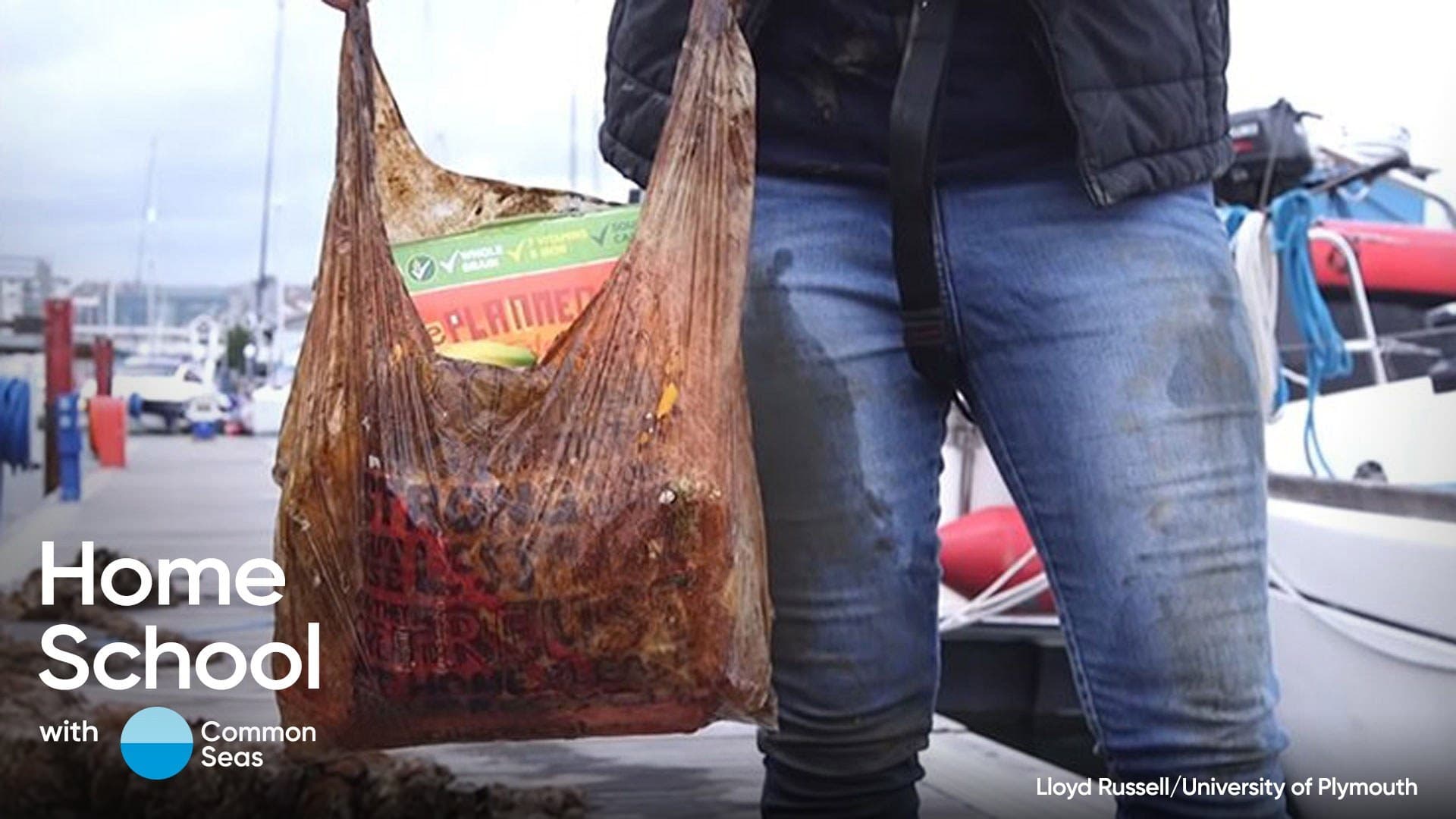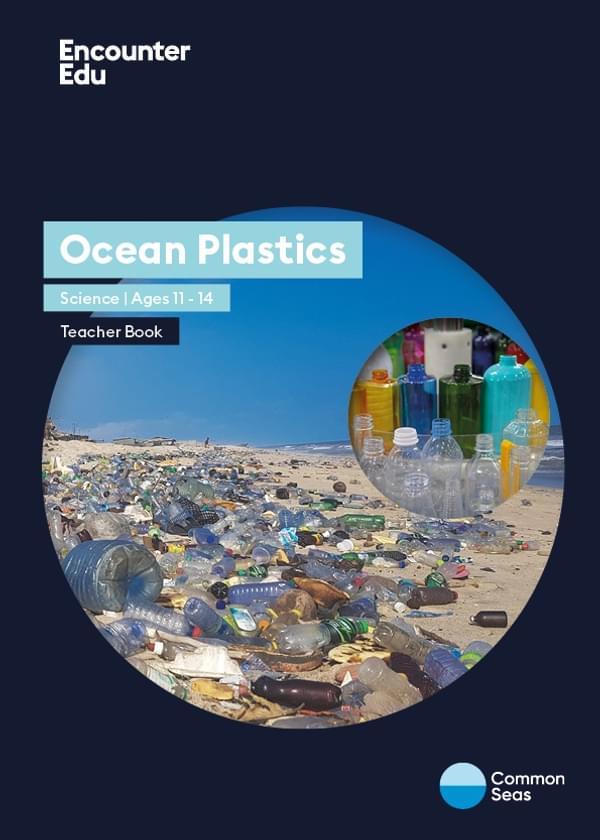Plastic degradation test

Plastic bags, often made from oil-based polymers, are not widely recycled. This has sparked material engineers to invent commercially available bioplastics, made from natural polymer materials such as starch, which are compostable and degradable, but do these claims stack up?
Ages 8+
(adult supervision)
30 minutes to set up
(days for results to show)
Part of:
Common Seas Ocean Plastics AcademyOverview
This activity develops student knowledge about materials and decomposition. It will also help to build the skills of a scientist, by observing change over time.
Some people are saying that bioplastics can be a more environmentally friendly alternative to oil-based plastics, but do these claims stack up? In this activity, you will replicate research conducted by University of Plymouth researchers into how different types of plastic, both bioplastic and oil-based, degrade .
You will need to select a variety of different materials and devise tests to see how these may decompose under different conditions.
Although we have suggested using three different materials in the activity, you can experiment with a range of different products that you think may make good alternatives to oil-based plastic.
Why not watch the video about this research before starting the activity in the Find out more section?
Activity steps
- Use the borer to remove four cylinders of potato.
- Cut all four pieces of potato into the same length.
- Place each potato cylinder into a separate container.
- Cut out four squares of plastic carrier bag into squares. For example, 1cm by 1 cm.
- Cut out four squares of bioplastic into the same sized squares.
- Add a plastic carrier bag and bioplastic squares to each of the four containers already containing a potato cylinder.
- Change the environment for each container (temperature, oxygen availability, moisture). This can be done by putting one near a radiator to increase temperature; tape one closed to reduce oxygen; or placing one under compost to change several conditions at once.
- Leave your samples for a fixed time. Return to your samples and make your observations.
- Why not keep track of your experiment by sharing updates on social media? Make sure to tag anything you share online with @commonseas and #SeaChampions so we can find out what happens as well. Thank you!
Reflection questions
As you record observations about how the different samples change over time, think about the following questions:
- What factors increase the rate of degradation?
- From your investigation, which factor(s) caused the most degradation?
Expected results
Young people are likely to predict that the potato (natural polymer made of starch) will biodegrade more easily than the conventional plastic bag (man-made polymer made from hydrocarbons derived from oil), with bioplastic (if used) somewhere in between. Older children may notice that by adjusting availability of microbes, oxygen, or changing the temperature, they can increase the appearance of decay in the potato.
Further ideas
Teach this as a full science lesson for ages 11 to 14, using What happens to plastic when you throw it away? from Ocean Plastics Science | Ages 11-14.
Safety guidance
- When using knives or borers, adults may need to carry out the cutting for younger children and demonstrate safe use for older children.
- Rotten potato can cause a health risk if eaten, so care should be exercised, and gloves worn when handling and hands washed after handling potato pieces.
- Ensure that samples are disposed of at the end of the activity.
- If you are posting work on social media, this should be done via a parent, guardian or school account for children under the age of 13. Children over the age of 13 should still be supervised by an adult. Check out the Thinkuknow website for more guidance on online safety.
Brought to you by


Science | Ages 11-14
Ocean Plastics
Ocean Plastics Science ages 11-14 unit is a KS3 teacher resource combining both biology and chemistry. Students discover the journey plastic takes from manufacture, use, and disposal into the ocean. Included are teacher resources that allow students to emulate real research conducted by The University of Plymouth.